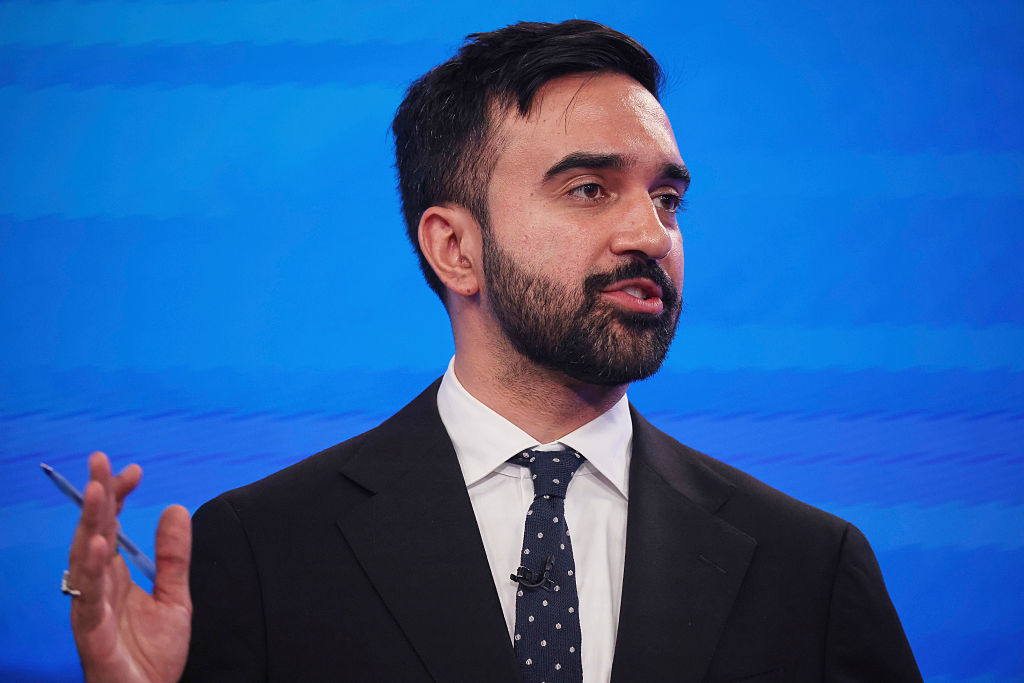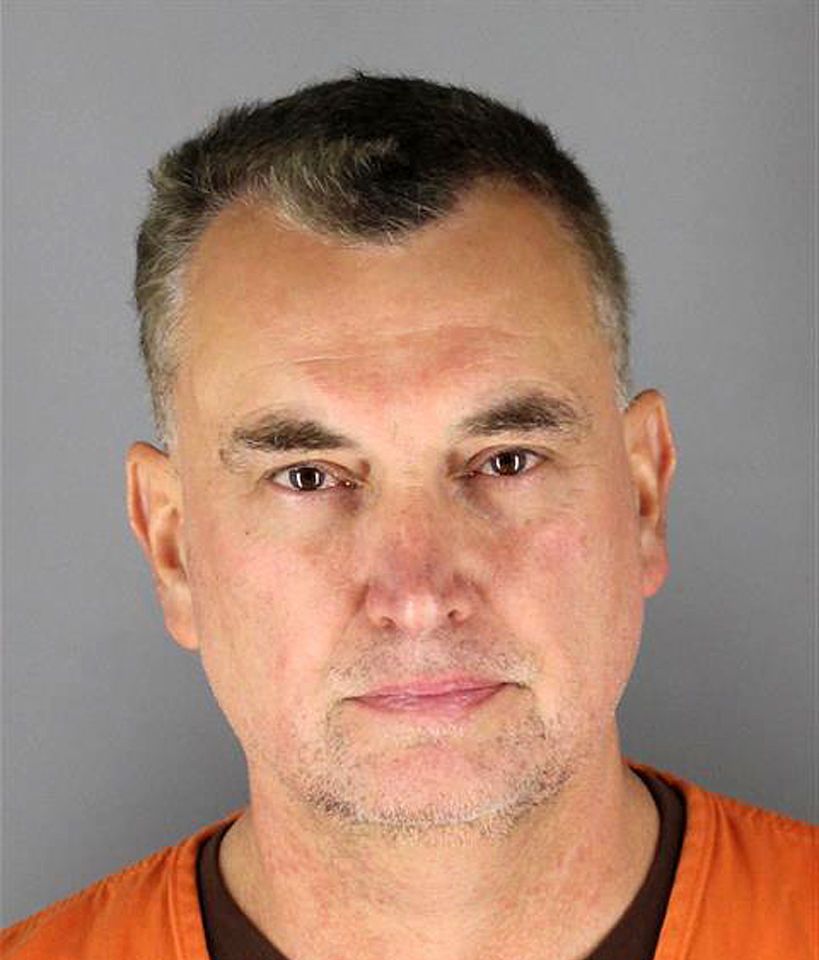Ebola Epidemic Rages On In West Africa
Remember Ebola? It’s Still Killing West Africans
Though it’s almost like a distant memory in the United States, the Ebola virus remains a great threat in other countries, Vox reports.
RELATED: First Scotland Ebola Case Confirmed
The epidemic, which originated in West Africa last year, continues racking up casualties. Presently, the virus has infected over 20,000 people, killing 8,000 in nine different countries.
That makes this outbreak the deadliest in history, causing more deaths than all previous Ebola outbreaks combined.
Most of the new cases and deaths are coming from West African nations, especially Guinea, Sierra Leone and Liberia, experts claim.
Per the World Health Organization, in Guinea “there’s no discernible upward or downward trend” in number of reported cases. The most recent reporting period showed 74 cases in the country within a week.
Many cases in that nation seem to originate from Conakry, Guinea’s capital. “We’re hoping that Conakry won’t become a larger epidemic as we’ve seen in Freetown [Sierra Leone] and Monrovia [Liberia],” commented Dr. Jordan Tappero, a lead Ebola researcher at the Centers for Disease Control and Prevention.
At one point, Liberia had 300 new cases a week. Fortunately, that number tapered off in October, and is continuing to improve.
In the week prior to this new year, Liberia only received eight new cases.
Sierra Leone, unfortunately, has not marked similar progress. As of January 4, the nation noted 250 new cases within a week.
“While Liberia has excellent Ebola treatment centers, that’s still not the case in Sierra Leone,” said Aleksandra Leligdowicz, currently working on Ebola vaccine trials in Monrovia.
The numbers show that while Ebola is dying down in other countries, it remains stubborn in certain regions. December’s first week, for instance, saw 625 confirmed cases in the three aforementioned nations.
Experts partially blame changing transmission patterns in rural areas. Historically, to quell Ebola outbreaks, people with the virus in rural areas were isolated, so as to prevent it from spreading.
Medics plan on returning to this formula. “Doing case identification, contact tracing, and working with communities to identify new hot spots where there’s a new introduction of the virus,” is also part of the plan of action the CDC will enact, Tappero says.
Public-health officials will also work to provide these areas with medical supplies and information on how to fight the virus.
Unfortunately, because it is a zoomatic disease residing in animals, Ebola will never fully go away. And there’s no telling when another outbreak will happen, says Daniel Bausch, an associate professor at the Tulane University School Of Public Health and Tropical Medicine.
“You can’t put out 98 percent of a forest fire,” Bausch said. “We can’t be complacent. One case that escapes and gets into a new place or new country — it could all start up again.”
RELATED: Ebola Vaccine May Be Ready As Early As January 2015















